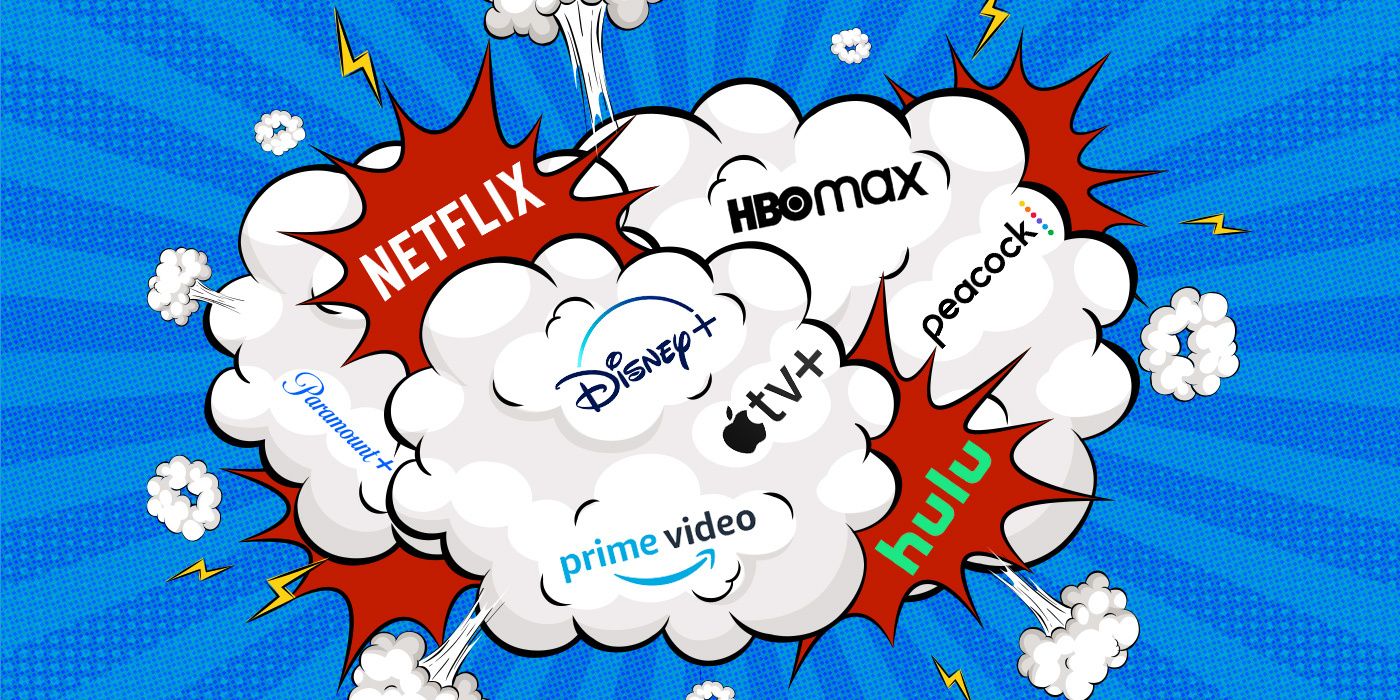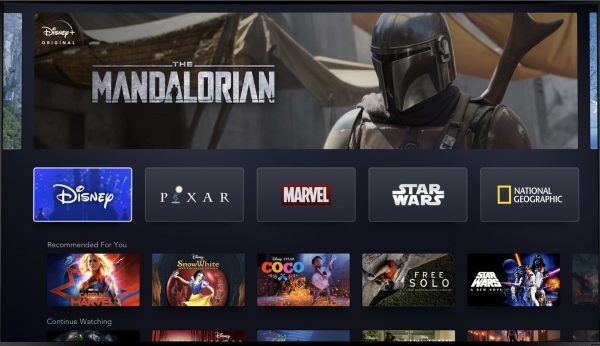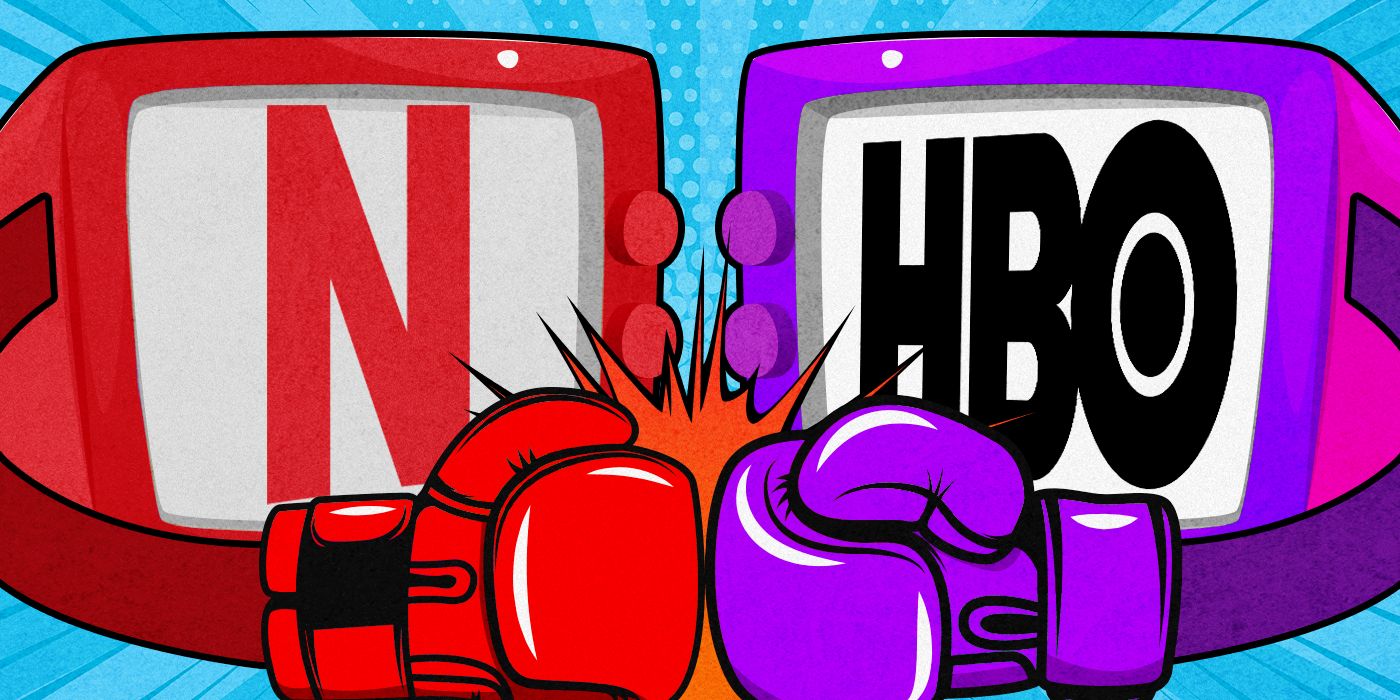It was at a press tour for the Television Critics Association, exactly like the one happening right now in Pasadena, where FX chairman John Landgraf first coined the term "peak TV." That talk, which happened at the 2015 summer TCA press tour, came accompanied by something that Landgraf has become known for — an impressive amount of raw numbers, charts, and graphs that track data across not only companies but streaming platforms and networks. Back in 2015, there were more than 370 scripted shows on television, and Landgraf estimated that 2016 would see the number tick up to 400, but he also predicted that those years would be the true representation of "peak TV in America," and that a decline would follow in the years following.
Last week, at the 2022 TCA press tour, Landgraf humbly confessed to those in attendance that he's only been wrong in his predictions twice before — but this time around, he's doubling down on the bet that peak TV is finally coming to an end. I think I can confidently speak for both myself and many industry peers when I say please, God, let him be right, but only to a point.
Many Streamers Didn't Even Exist At the Time of Landgraf's 2015 'Peak TV' Talk
The number of adult original scripted series has steadily increased since Landgraf's memorable 2015 address — at this year's press tour, the FX boss revealed that the tally is now up to 599 shows, a 7% increase from 2021's count of 560. That's shows not only across cable networks, like FX themselves or AMC, but also titles from what have now become some of the biggest streamers in the industry.
To put it into perspective, when Landgraf first coined the term that many TV journalists would eventually come to use as shorthand for the massive increase in shows, 2015 was also a time before many streaming services had even launched. Disney+ wouldn't exist until 2019; HBO Max debuted a year later in 2020. Now, the Walt Disney Company and WarnerMedia are at the top of Landgraf's charts when it comes to drawing critical attention — which revealed that many of their streaming shows were named on critics' Best Shows of 2022 lists, alongside the cable networks most known for scripted programming.
These days, there's more television than ever — but the problem lies with the time available to watch all of it, not to mention having access to all the services where TV can be watched. Part of Landgraf's address last week touched on the sheer glut of streaming subscriptions that are now in the mix trying to earn our attention with a lure of buzzy titles. It's not only that the amount of shows has continued to rise; the avenues through which to watch those shows have also seen a massive expansion. When faced with a bevy of streamers from which to choose, how does the average viewer decide what to subscribe to? Once that decision has been made, how do they prioritize what to watch?
From a professional standpoint, this can be tricky too — it has become impossible for any one TV critic to keep up with every single show, and Landgraf's famous (Land)graphs don't even touch on the number of reality, competition, or documentary series that could make 2022's 599 count tick up even higher. Covering shows in the age of Peak TV is a collective effort for any outlet these days and can no longer be constrained to one critic, Collider included, but there are just some shows — good shows, but often great shows — that slip under the radar every new season because there simply aren't enough hours in the day to watch and write about everything that's worth watching and writing about.
The Downside to Scaling Down Peak TV
That said, it would be impossible to discuss Peak TV without mentioning the upheaval that the television industry has been experiencing as of late. A question raised by several journalists during TCA panels over the last week addressed the troubling trend of shows being cancelled even after having secured a renewal. (One slight, recent exception to this is Minx, a Lionsgate-produced series that was unrenewed on HBO Max after filming its second season and has now been picked up on Starz.) As quickly as a show can receive the good news of another season, the proverbial rug can be yanked out from underneath them with just as much swiftness. Sometimes, it feels as though you've barely heard about a new series making its way to a streaming platform before the creators of that same series have announced they won't be getting a second-season pickup.
In this day and age, it isn't just the natural discoverability factor that networks and streamers have to take into account when figuring out how best to market a show — it's the early and lingering buzz that a show has to receive in order to improve the number of eyeballs it earns, which in turn increases its likelihood of a renewal. According to Landgraf, FX used to put up 90% of its media budget against the premiere of a series; now, they've scaled it down to 50% or less because they've since learned that viewers won't always dive into a new show sight unseen. They'll wait for critical reviews or word-of-mouth from friends; sometimes they'll even hold off until every single episode is available, so they can enjoy their own personal binge-watching experience. But when it comes to what the perfect viewership numbers look like, across streamers and networks alike, the metrics for a guaranteed series renewal often feel confusing at best and arbitrary at worst.
There's also the distressing likelihood that if or when the number of shows begins to decrease, as Landgraf is predicting, along with some very drastic cost-cutting measures adopted by streamers in recent months, it'll happen at the expense of new and emerging creative talent. When the same names are coming up again and again for development deals, signing long-term contracts, or building a dynasty of titles to become a streamer's golden goose, what happens to the up-and-coming creators that don't have nearly as much opportunity to showcase underrepresented perspectives? A natural consequence of scaling down the number of shows being made is that, eventually, less prominent voices are going to be edged out in favor of those who are considered the guaranteed money-makers, and that won't change the television landscape for the better, but for the worse.
In 2015, Landgraf put it best when he said "there is simply too much television"; now, he's reiterating his belief that 2022 will be where it has truly peaked, with a natural decline soon to follow. It's still possible he could be off the mark — and even he admits that it wouldn't be the first time. What is certain, however, is that television's current path is an unsustainable one, both for those making it and watching it. "We're in a period of radical transformation," Landgraf said last week, after looking back on the last year's worth of shows. One could argue, though, that there are just some things that are impossible to predict, regardless of how much hard data exists.



